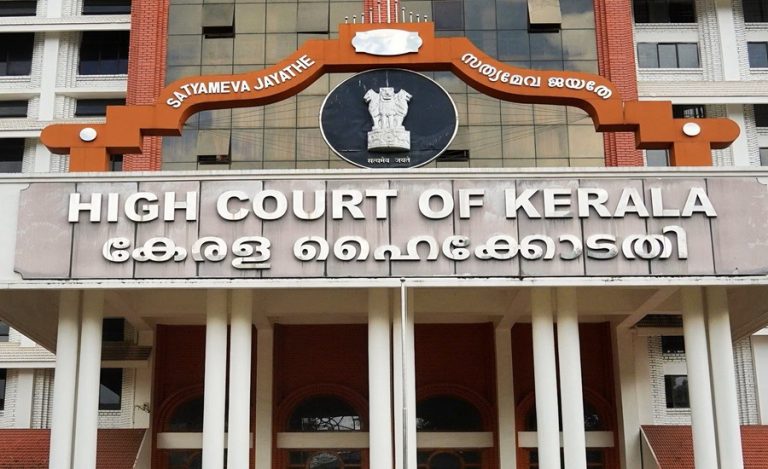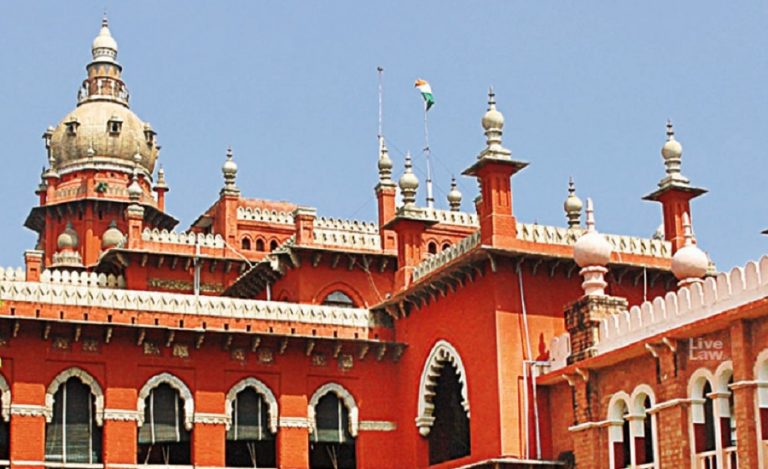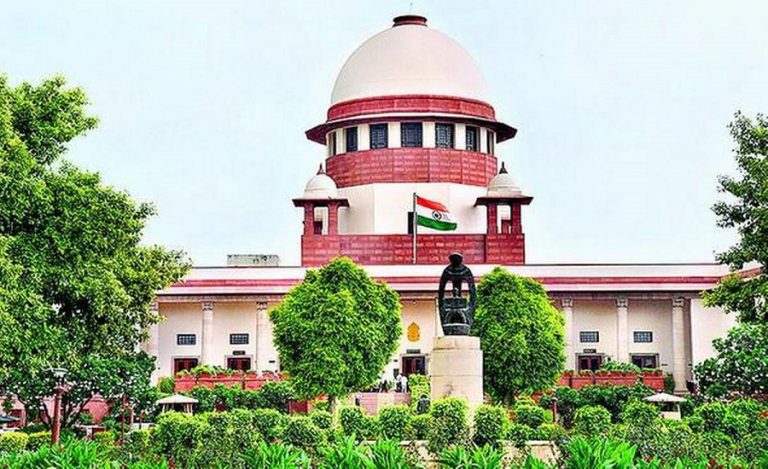The largest prison in the state of Gujarat, Sabarmati Prison, has huge historical significance as several luminaries of the Indian freedom struggle such as Mahatma Gandhi, Sardar Patel, Lokmanya Tilak, and others have been lodged here at some point of time. It was constructed during the British Raj in India.
The prison houses 3500 inmates, and on average, about 2500 people live in the residential quarters adjacent to the prison premises. Today, prisons are no longer just a place for incarceration but have become correctional setups. Sabarmati prison is giving a chance to inmates to earn a respectable living for themselves, besides helping their families outside by employing them in various activities.
In an exclusive conversation with Indian Masterminds, Superintendent of Police, Mr. Rohan Anand shares details about the prison and the initiatives launched by the authorities
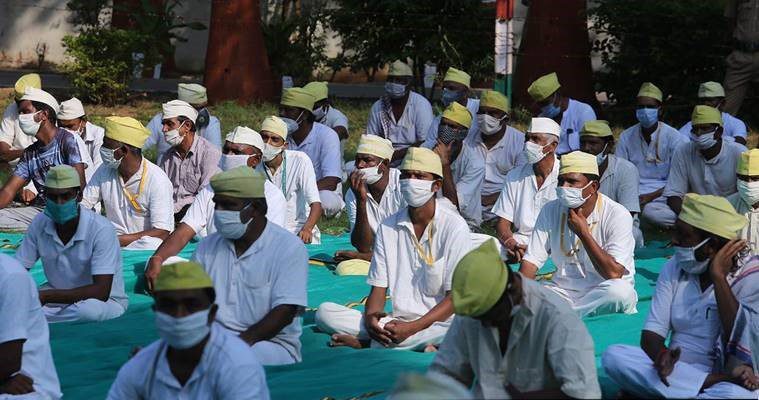
UTILIZING THE INMATES’ SKILLS
The Prisons and Correctional Administration set up in Gujarat has emerged as the hub of various activities for reformation, rehabilitation, and reintegration of prisoners wherein they look for opportunities for productive employment of inmates.
While undergoing his or her sentence, the inmate is supposed to reflect and be ready for his future rehabilitation in society. Keeping this in mind, a wide variety of skill development, educational and counseling activities have been introduced in the prisons.
“Inmates are assigned work based on their skills and interests. Various skill development and vocational training activities have been undertaken at Gujarat prisons and re-skilling modules are also introduced periodically. The production process is standardized and is benchmarked against standards viz. ISO, FSSAI, GMP, etc.,” says Mr. Anand.
PRISON RADIO FOR THE INMATES
On the occasion of Gandhi Jayanti, last year, Sabarmati police officials launched the ‘Prison Radio’ initiative — a radio channel dedicated to over 3,000 inmates of Sabarmati Central Jail, which will play pre-recorded content including songs, interviews, information bulletins, and even a program of storytelling- all by the prisoners.
The channel was launched by IG Prisons Mr. KLN Rao and popular Radio Jockey Dhvanit Thaker from Radio Mirchi channel.

“During this lockdown period, we realized how frustrating it is to sit at home, being cut off from the outside world. Have we ever thought how tough it is for the prisoners who have spent years staying inside a prison, cut off from their families? There are over 3,000 inmates at our prison and every one of them has a story to tell. The radio station will allow them an opportunity to share their stories, about how the times spent here have brought a change in their lives or otherwise and what they now aspire to be once they are sent back to society. We have so much talent to explore in Sabarmati jail and the craft of storytelling is also one of them,” stated the IPS officer.
The Prison Radio channel hits the air from 8 am till 12 noon and then again from 3 pm to 6 pm every day.
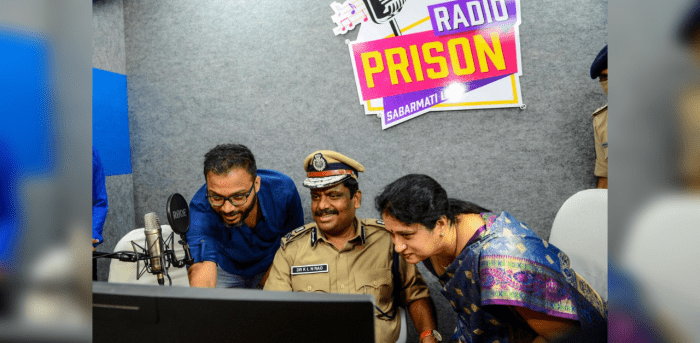
JAIL BHAJIYA HOUSE
Started by an inmate in 1998, Sabarmati Jail Bhajiya House is incredibly popular amongst locals. Run by Jail Authorities and their prisoners, the delicious snacks are served at affordable prices to up to 1500 people every day.
In 2009-10 alone, Jail Bhajiya House achieved a turnover of around Rs 70 lakh. The daily sales are to the tune of Rs 25,000. And the total turnover of `bhajiya’ business run by prisoners across Gujarat jails is a whopping Rs 1.27 crore.

Apart from bhajiyas, ‘bhajiya house’ also makes and sells apple juice, kokem sherbet, jalebi-fafda, etc., but their methi gota, aloo, mirchi and onion bhajiya are usually what people come to the place for. Price of the bhajiyas is Rs. 220 per kg.
Gautam Solanki, an inmate shared, “I think, this is the only place in Ahmedabad where people come in luxury cars to buy bhajiyas. We earn around 20,000 on a daily basis using 50-60 kg besan, 35 kg green chillies, 40-45 kg methi, and 10 kg potatoes.”
OTHER ACTIVITIES IN THE PRISON
Apart from these two popular vocational activities, Sabarmati inmates are involved in other employment opportunities too, such as carpentry, weaving, handloom, baking, tailoring, making masks, sanitary pads, PPE kits, print pressing, bookbinding, and diamond polishing.
“It has been a constant endeavor of the prison administration to undertake welfare, skill development, and physical well-being initiatives both for the inmates and the families residing in the vicinity. At the same time, we are engaged in a number of organic farming, horticulture, and land improvement practices in our adjoining land bank,” says Mr. Anand.

Sabarmati prison is thus giving a chance at second life to their inmates, one which will help them cope with the world once they come outside of its confinement.










